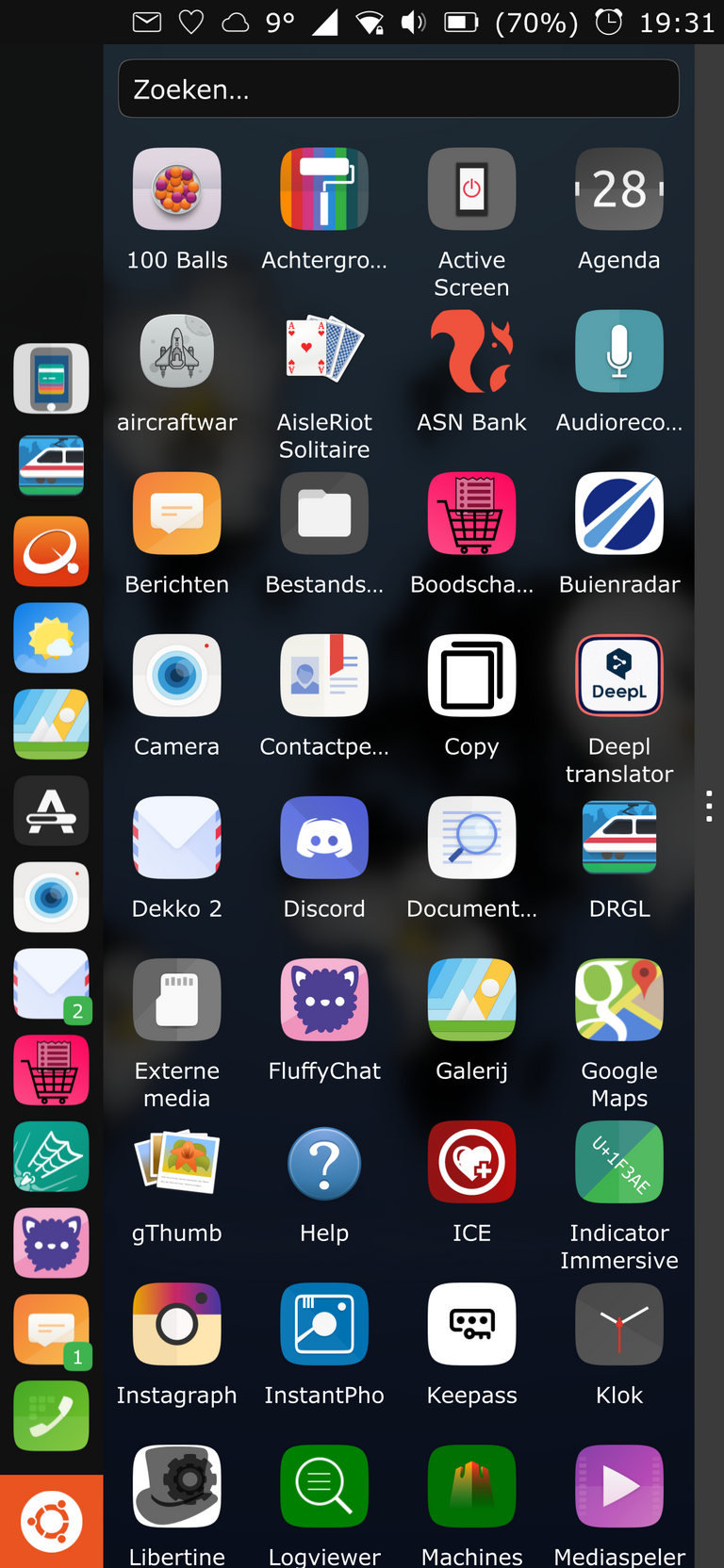
When Ubuntu founder and space tourist Mark Shuttleworth speaks, people tend to listen — more so since he and his company Canonical announced they were entering the manic mobile marketplace with Ubuntu for Phones.
At a press conference earlier this year, the billionaire revealed that the first mobile phones to be sold with Ubuntu pre-installed will arrive later this year.
What follows are six small nuggets of information from that press call.
Cuando el fundador de Ubuntu y turista espacial Mark Shuttleworth habla, la gente tiende a escuchar, y más desde que él y su empresa Canonical anunciaron que entraban en el maniático mercado de los móviles con Ubuntu for Phones.
En una rueda de prensa celebrada hace tiempo atrás, el multimillonario reveló que los primeros teléfonos móviles que se venderán con Ubuntu preinstalado llegarán a finales de este año.
A continuación, seis pequeñas pepitas de información de esa rueda de prensa.
1. Two Ubuntu Phones Are Coming This Year / 1. Dos teléfonos Ubuntu llegarán este año.
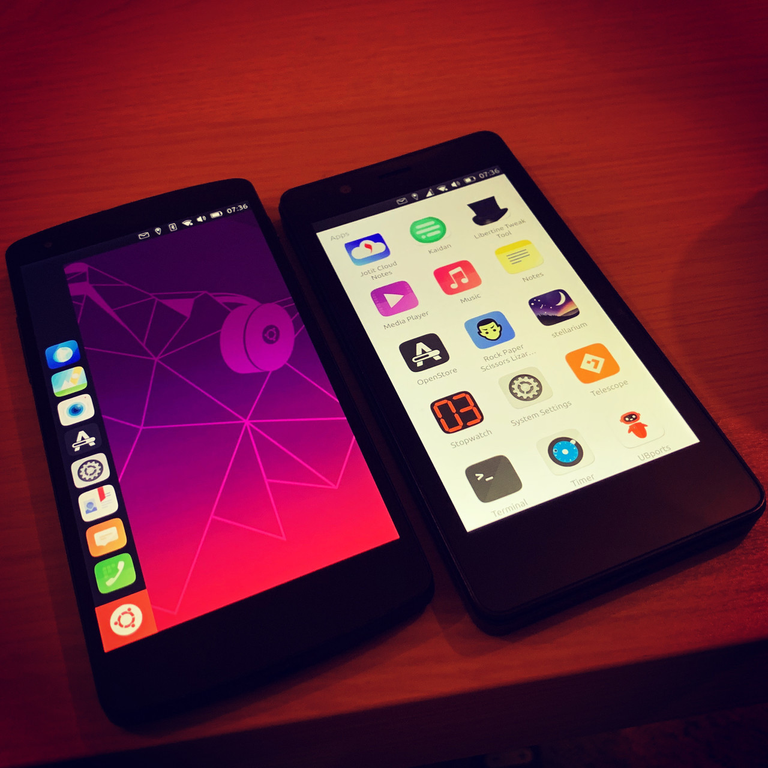
‘You wait ages for an Ubuntu Phone – and then two turn up at once!’
A popular British saying alleges that ’You wait ages for a bus…and then two turn up at once’. Swap ‘bus’ for ‘Ubuntu Phone’ and the soundbite remains a relevant and apt observation.
Before the end of the year Mark Shuttleworth promises that not one but two different Ubuntu phones will be released, and by two different companies.
The first Ubuntu Phones are apparently going to be rebadged versions of Android handsets that are already on each company’s respective roadmap. Following that hint we can therefore expect an Ubuntu version of the powerful eight-core MX3 phone from Meizu, and something equal to (or better than) the quad-core Aquaris 5 From Bq.
Esperas años para tener un Ubuntu Phone, ¡y aparecen dos a la vez!
Un dicho popular británico afirma que «esperas mucho por un autobús... y luego aparecen dos a la vez». Si cambiamos «autobús» por «Ubuntu Phone», la frase sigue siendo pertinente y acertada.
Antes de que acabe el año, Mark Shuttleworth promete que saldrán al mercado no uno, sino dos teléfonos Ubuntu diferentes, y por dos empresas distintas.
Al parecer, los primeros teléfonos Ubuntu serán versiones renombradas de terminales Android que ya están en la hoja de ruta de cada empresa. Siguiendo esta pista, podemos esperar una versión Ubuntu del potente teléfono MX3 de ocho núcleos de Meizu, y algo igual (o mejor) que el Aquaris 5 de cuatro núcleos de Bq.
2. But They Won’t Be Available Everywhere / 2. Pero no estarán disponibles en todas partes.
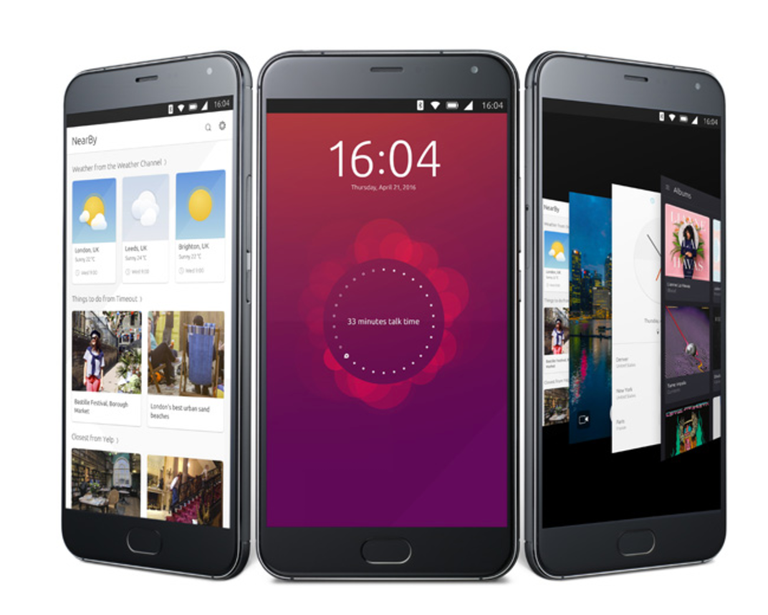
Before anyone gets too excited about these handsets keep in mind that they won’t be available everywhere.
From the hints given by Mark, it seems that the Meizu handset will likely launch in China. That makes sense; Meizu a big brand name in the country, and Ubuntu Touch has Already Gained The Backing of the country’s second biggest mobile network, China Unicom .
As for Bq, that’s less certain. We know that the Spanish company’s phones are sold in Uruguay, Spain and Portugal. With the Portuguese carrier Portugal Telecom already a member of the Carrier Advisory Group, could we see Bq launch their Ubuntu Phone there this year?
On a more positive, if equally speculative, note hardware from both companies is often made available to buy online globally, albeit through third-party sellers.
Antes de que nadie se entusiasme demasiado con estos terminales, hay que tener en cuenta que no estarán disponibles en todas partes.
Por las pistas dadas por Mark, parece que el teléfono Meizu se lanzará probablemente en China. Eso tiene sentido; Meizu es una gran marca en el país, y Ubuntu Touch ya ha conseguido el respaldo de la segunda mayor red móvil del país, China Unicom.
En cuanto a Bq, es menos seguro. Sabemos que los teléfonos de la empresa española se venden en Uruguay, España y Portugal. Dado que el operador portugués Portugal Telecom ya es miembro del Carrier Advisory Group, ¿podríamos ver a Bq lanzar su Ubuntu Phone allí este año?
Desde un punto de vista más positivo, aunque igualmente especulativo, el hardware de ambas empresas suele estar disponible para su compra en línea en todo el mundo, aunque a través de terceros vendedores.
3. Big Brand Phones Are Coming Next Year / El año que viene llegarán teléfonos de grandes marcas.
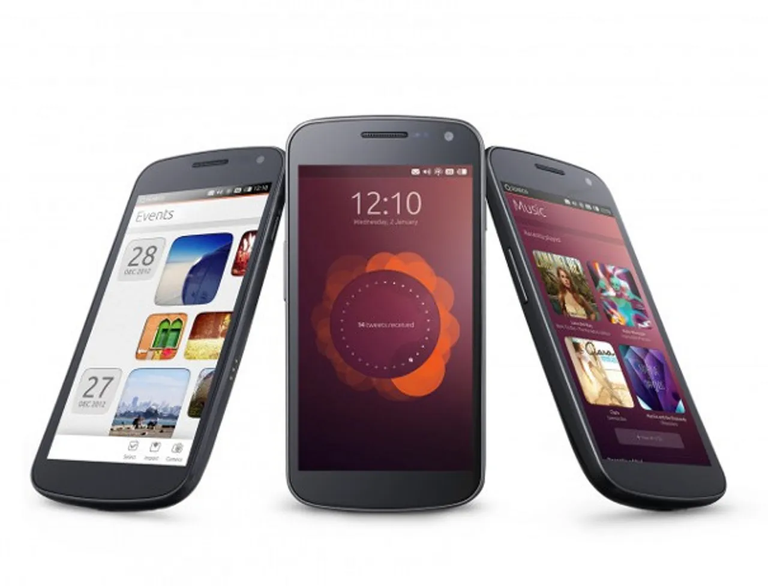
’2025 will see Ubuntu Phones from established OEMs, said Shuttleworth’
If you’re bored sick of hearing Vague Statements About Unnamed “Household Brands” supposedly Interested In Ubuntu Touch, or the oodles of carriers clamouring over each other to ship it on their networks (just not yet), then you’ll want to scroll on down to the next point.
If, however, you’re now willing to put a bit more stock in such noncommittal statements now that concrete plans have been announced then listen up: Shuttleworth has said that 2015 should see Ubuntu Touch shipping on hardware from established OEMs and offered by big-name carriers in a wider range of countries.
2055 verá teléfonos Ubuntu de fabricantes de equipos originales establecidos, dijo Shuttleworth».
Si estás harto de oír vagas declaraciones sobre «marcas de la casa» sin nombre supuestamente interesadas en Ubuntu Touch, o de las innumerables operadoras que claman unas sobre otras para distribuirlo en sus redes (aunque todavía no), entonces te recomendamos que pases al siguiente punto.
Sin embargo, si ahora que se han anunciado planes concretos estás dispuesto a dar un poco más de crédito a declaraciones tan poco comprometidas, presta atención: Shuttleworth ha dicho que en 2015 Ubuntu Touch debería estar disponible en hardware de fabricantes de equipos originales establecidos y ofrecido por operadores de renombre en un mayor número de países.
4. 50 ‘Top’ Android/iOS Apps By Launch / Las 50 mejores aplicaciones Android/iOS por lanzamiento.

Bold statements are nothing new from Mark Shuttleworth. Elephants (and anyone else with a good memory) may recall his 2011 goal for more than 200 million Ubuntu users by 2015.
On the software side his goals are no less ambitious. Mark says he hopes to see the top 50 Android and iOS apps available for Ubuntu Touch this year, just in time for the launch of the newly announced handsets.
While companies like The Weather Channel and Evernote have ‘okayed’ the use of its APIs in community-built apps, the big name apps many consumers rely on remain few and far between. For every VLC port there are gaps in the shape of Twitter, Instagram, Rovio, WhatsApp, et al.
With New Focus On HTML5 Web-App support, Ubuntu Touch will soon be able to cherry pick the best of, and piggy back off the success of, platforms from Google and Mozilla. Both companies are pushing the boundaries of what web applications can do, blurring the lines of what ‘native’ really means.
Google plans to bring their powerful ‘Chrome Apps’ to Android Later This Year.
Las declaraciones audaces no son nada nuevo en Mark Shuttleworth. Los elefantes (y cualquiera con buena memoria) recordarán su objetivo de 2011 de superar los 200 millones de usuarios de Ubuntu en 2015.
En cuanto al software, sus objetivos no son menos ambiciosos. Mark dice que espera que las 50 mejores aplicaciones para Android e iOS estén disponibles para Ubuntu Touch este año, justo a tiempo para el lanzamiento de los recién anunciados terminales.
Mientras que empresas como The Weather Channel y Evernote han «aprobado» el uso de sus API en aplicaciones creadas por la comunidad, las aplicaciones de renombre en las que confían muchos consumidores siguen siendo escasas. Por cada puerto de VLC hay huecos en forma de Twitter, Instagram, Rovio, WhatsApp, etc.
Con un nuevo enfoque en la compatibilidad con aplicaciones web HTML5, Ubuntu Touch pronto podrá seleccionar lo mejor de las plataformas de Google y Mozilla y aprovechar su éxito. Ambas empresas están ampliando los límites de lo que pueden hacer las aplicaciones web, desdibujando las líneas de lo que realmente significa «nativo».
Google planea llevar sus potentes «Chrome Apps» a Android a finales de este año.
5. Mark Thinks Tizen Is Dead / Mark cree que Tizen está muerto.
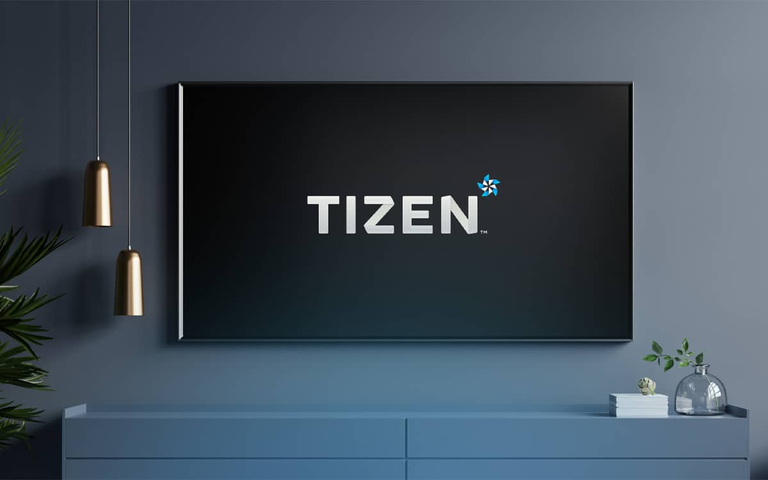
‘Even Microsoft, with bottomless pockets and universal brand recognition, has found amassing a meaningful number of users difficult’
Only the naive see Ubuntu for Phones as a guaranteed success story; it faces an almightily struggle to gain a foothold in a market so firmly controlled by just a handful of companies. Even Microsoft, with their bottomless pockets and brand recognition, has found amassing a meaningful number of users difficult.
Will Ubuntu Touch fare any better? While Shuttleworth wouldn’t put an exact figure on what might constitute success, it does appear that Canonical is realistic about the task at hand. Mark considers Ubuntu’s “convergent” factor as being a significant disruptor for gaining attention and, more vitally, adoption.
On the competition, Mark didn’t hold back in his view of Tizen, the Intel & Samsung backed Linux OS targeting everything from mobile phones to TVs.
Describing them as a ‘fading force’ that is ‘much less of a competitor than it was 6 months ago’, Mark says he’s expecting to see many of the companies who previously backed the OS start ‘to distance themselves [from it]‘.
‘Incluso Microsoft, con sus bolsillos sin fondo y su reconocimiento de marca universal, ha tenido dificultades para conseguir un número significativo de usuarios’
Sólo los ingenuos ven a Ubuntu para teléfonos como una historia de éxito garantizada; se enfrenta a una lucha enorme para hacerse un hueco en un mercado tan firmemente controlado por sólo un puñado de empresas. Incluso Microsoft, con sus bolsillos sin fondo y su reconocimiento de marca, ha tenido dificultades para conseguir un número significativo de usuarios.
¿Le irá mejor a Ubuntu Touch? Aunque Shuttleworth no quiso dar una cifra exacta de lo que podría constituir un éxito, parece que Canonical es realista sobre la tarea en cuestión. Mark considera que el factor “convergente” de Ubuntu es un disruptor significativo para ganar atención y, más importante aún, adopción.
En cuanto a la competencia, Mark no se contuvo en su opinión sobre Tizen, el sistema operativo Linux respaldado por Intel y Samsung que apunta a todo, desde teléfonos móviles hasta televisores.
Al describirlos como una "fuerza en decadencia" que es "mucho menos competidor de lo que era hace seis meses", Mark dice que espera ver a muchas de las empresas que anteriormente respaldaron el sistema operativo comenzar a "distanciarse [de él]".
6. Canonical Charge OEMs To Ship Ubuntu Touch / Canonical pide a los fabricantes de equipos originales que envíen Ubuntu Touch.

Of all the information shared this bit was the one that truly enlightened me: Ubuntu for Phones offers mutual benefits to both Canonical and OEMs/Carriers alike.
Mark explained:
“Our [OEM] partners appreciate that our business model is straightforward …We charge [them] a fee per device [and] we share revenues made from the app store with them”.
Understandably the cost of this “fee” hasn’t been disclosed. It’s not without precedent either; Canonical Already Require OEMs selling laptops and desktops with Ubuntu pre-installed to pay a nominal fee to cover use of the trademark, licensing, etc.
While Google does not charge for Android, OEMs are required to pay third-party companies for certification of devices that wish to include the core Google Mobile Services (GMS) framework. The cost of certification to gain permission to ship GMS, which includes the Play Store, Gmail and Maps apps, can run into the tens-of-thousands of dollars, The Guardian Report.
If Ubuntu for Phones gains traction there will likely be other revenue streams to explore in the future. Thinking out loud, this could include companies paying Canonical for their content to gain preferential surfacing in scopes and shipping with certain applications pre-installed.
De toda la información compartida, esta parte fue la que realmente me iluminó: Ubuntu para teléfonos ofrece beneficios mutuos tanto para Canonical como para los OEM/operadores.
Mark explicó:
“Nuestros socios [OEM] aprecian que nuestro modelo de negocios es sencillo… Les cobramos una tarifa por dispositivo [y] compartimos con ellos los ingresos generados por la tienda de aplicaciones”.
Es comprensible que el costo de esta “tarifa” no haya sido revelado. Tampoco carece de precedentes; Canonical ya exige que los OEM que vendan computadoras portátiles y de escritorio con Ubuntu preinstalado paguen una tarifa nominal para cubrir el uso de la marca registrada, las licencias, etc.
Si bien Google no cobra por Android, los OEM deben pagar a empresas de terceros para la certificación de dispositivos que deseen incluir el marco básico de Google Mobile Services (GMS). El costo de la certificación para obtener el permiso para enviar GMS, que incluye Play Store, Gmail y Maps, puede alcanzar decenas de miles de dólares, según The Guardian Report.
Si Ubuntu for Phones gana terreno, es probable que en el futuro se puedan explorar otras fuentes de ingresos. Pensándolo bien, esto podría incluir que las empresas paguen a Canonical por su contenido para obtener una presencia preferencial en los visores y que se envíen con determinadas aplicaciones preinstaladas.
Ubuntu para teléfonos: 6 cosas interesantes que hemos aprendido.
Source images / Fuente imágenes.
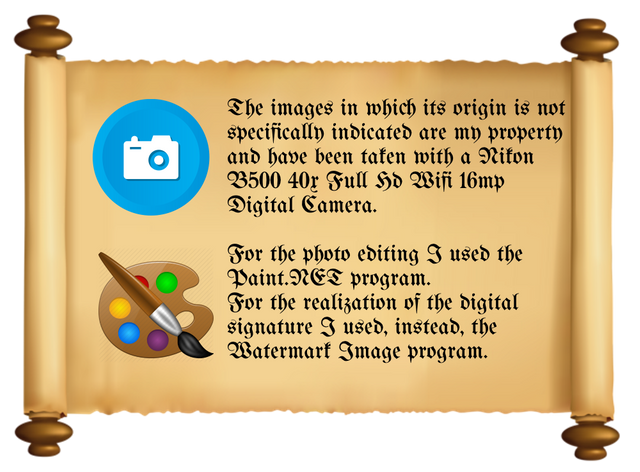

Upvoted. Thank You for sending some of your rewards to @null. Get more BLURT:
@ mariuszkarowski/how-to-get-automatic-upvote-from-my-accounts@ blurtbooster/blurt-booster-introduction-rules-and-guidelines-1699999662965@ nalexadre/blurt-nexus-creating-an-affiliate-account-1700008765859@ kryptodenno - win BLURT POWER delegationNote: This bot will not vote on AI-generated content
Telegram and Whatsapp